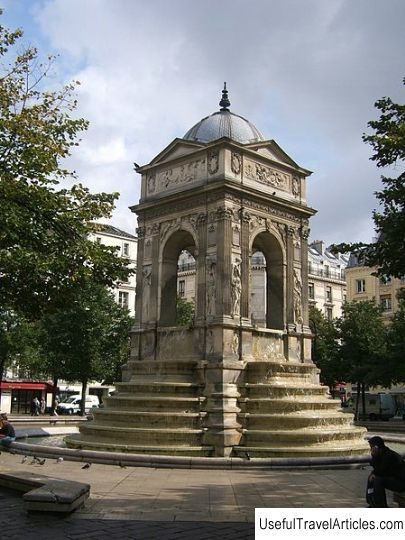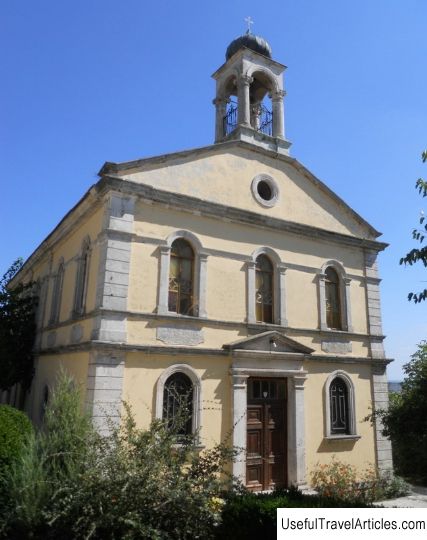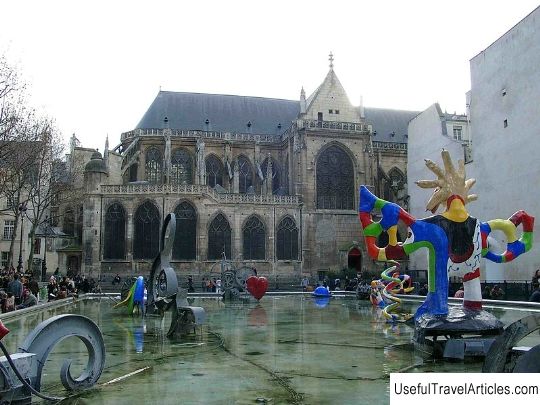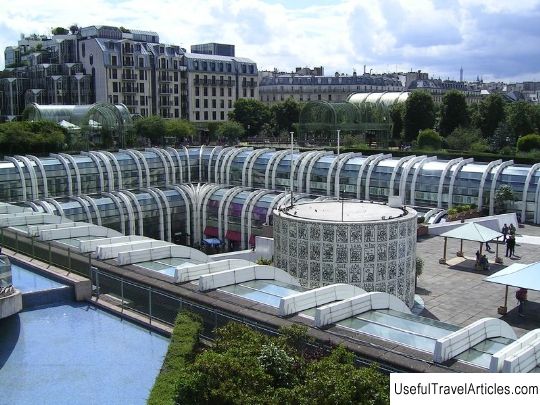Fontaine des Innocents description and photos - France: Paris
Rating: 8,3/10 (3584 votes) 
Fontaine des Innocents description and photos - France: Paris. Detailed information about the attraction. Description, photographs and a map showing the nearest significant objects. The title in English is Fontaine des Innocents. Photo and descriptionThe Fountain of the Innocents is the oldest in Paris. It is located in the Les Halles quarter on Joachim du Bellay Square, named after the French poet of the 16th century, a contemporary of Ronsard. The monumental fountain is a real masterpiece of the French Renaissance. The Fountain of the Nymphs, as it was first called, was built between 1547 and 1550 near the cemetery of the Innocents - the fountain adjoined the wall at the corner of Rue Berger and Saint-Denis. It was designed by the architect Pierre Lescaut, sculptures and reliefs were created by Jean Goujon. A fountain was erected in honor of the solemn entry into Paris in 1549 of King Henry II. The further fate of the fountain was determined by the peculiarities of the place of its construction. The Cemetery of the Innocents was the largest burial in the city, and over time it overflowed. An attempt to solve the problem by building special huge crypts, where the remains of the dead were "deposited", gave nothing. In 1786, Louis XVI ordered to transfer the exhumed ashes from here to the Paris Catacombs, and the fat from hundreds of thousands of decomposed bodies was used by artisans to make soap and candles. A square with a vegetable market was built on the site of the former cemetery. In 1788, the fountain was dismantled and moved to the center of the square - it became known as the Fountain of the Innocent. Since it was now visible from all four sides, the sculptor Augustin Pageout made a fourth arch and an imposing plinth with four pools and lions. Under Napoleon Bonaparte, the fountain began to feed on a more abundant watercourse from the Urc River, which improved the water supply of Paris - at one time such an idea was put forward by Leonardo da Vinci. The fountain is an outstanding example of the Mannerist style that was characteristic of Western European art in the 16th century. The shape of the structure itself repeats the outlines of an ancient Roman sanctuary dedicated to nymphs - a nympheum. In stucco decoration, Jean Goujon made extensive use of curled tails of sea creatures, spiral shells, dynamic wavy lines of draperies and clothes. The original bas-reliefs of the master from the pedestal of the fountain were transferred to the Louvre in 1824, on the square tourists only see copies of them.     We also recommend reading Astronomical Museum of the Observatory of Paris (Observatoire de Paris) description and photos - France: Paris Topic: Fontaine des Innocents description and photos - France: Paris. |




